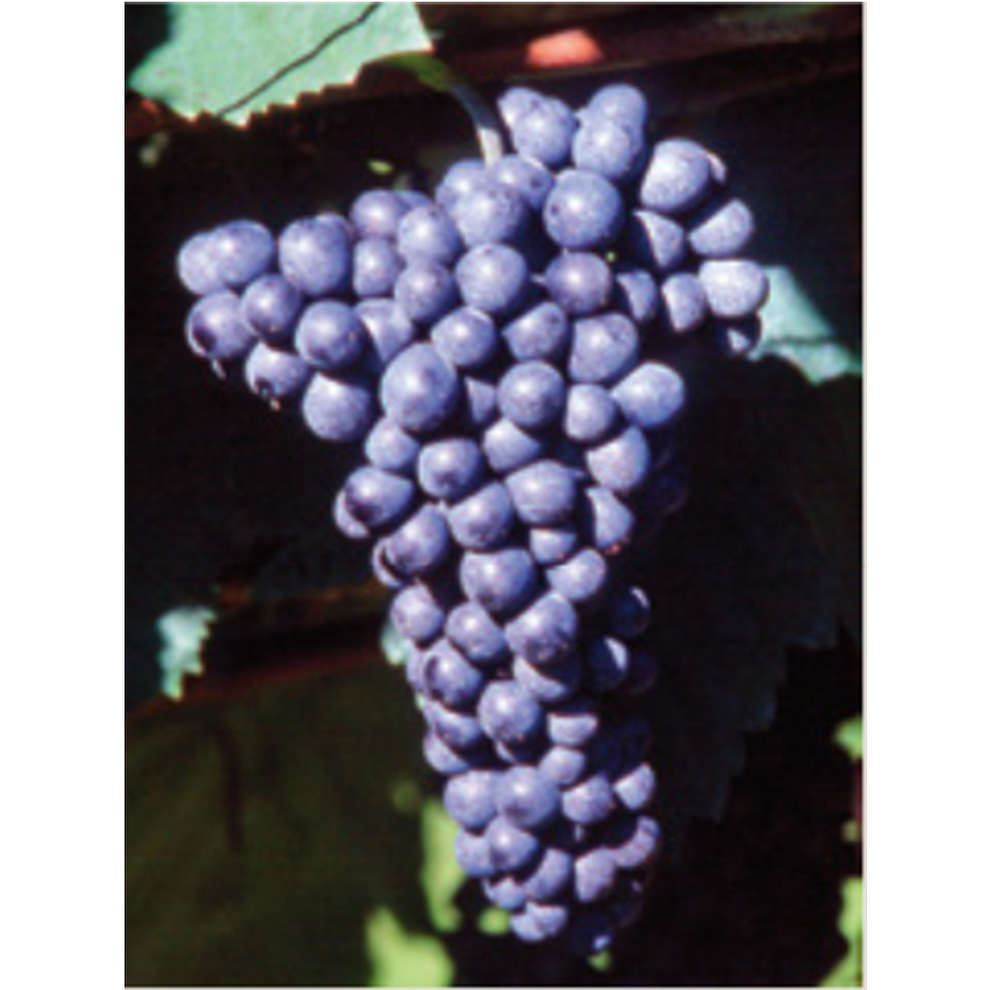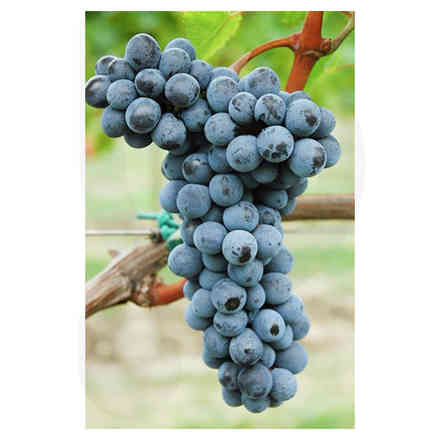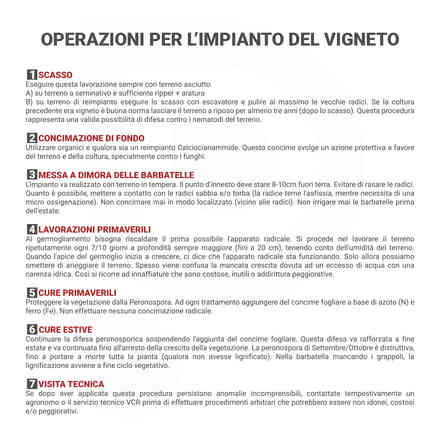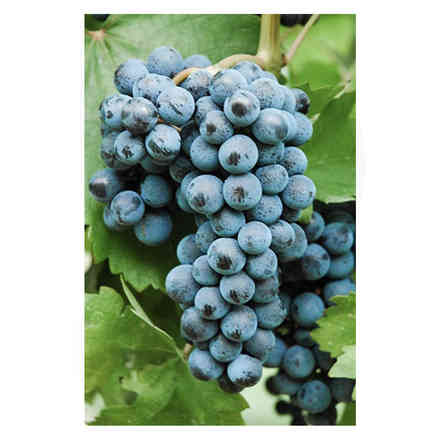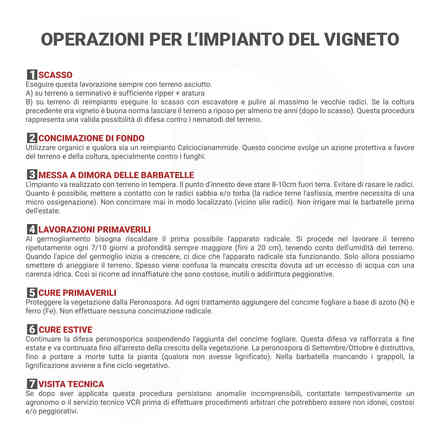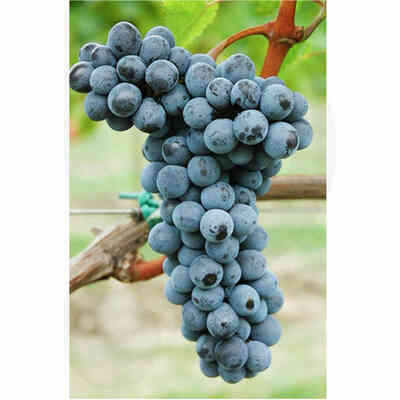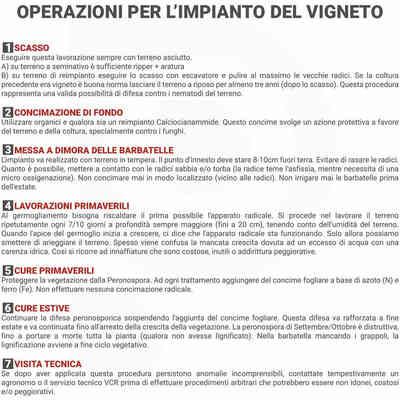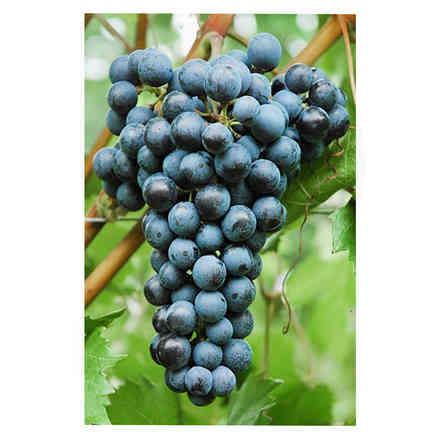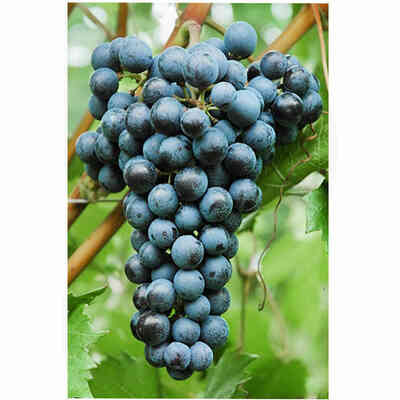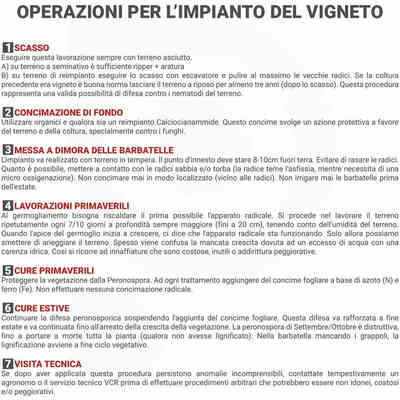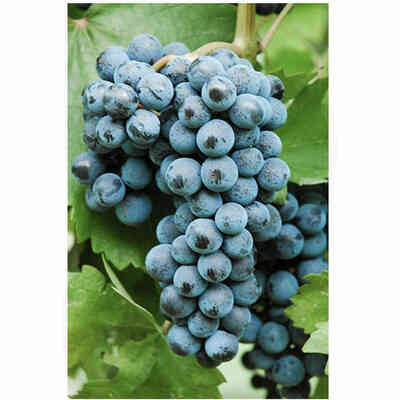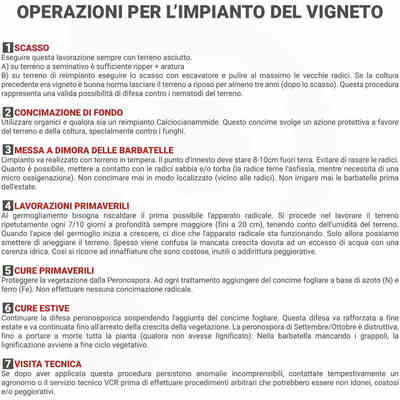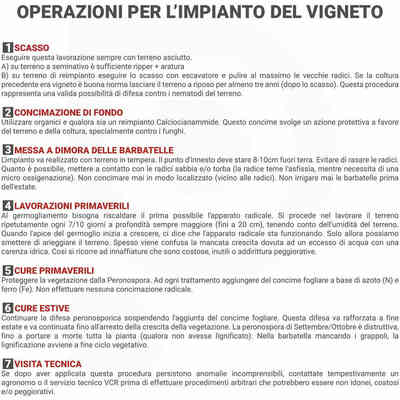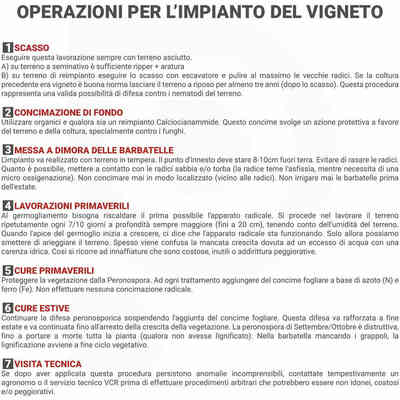Lambrusco Maestri (10 pcs)
Description
Barbatella Lambrusco Maestri (10 pcs)
Rootstocks 1103P - K5BB - S04 - 140RU - 420A (The graft carrier available at the moment will be sent)
Cultivated in Emilia, especially in the provinces of Reggio and Parma, it has recently spread to some areas in southern Italy for its vigour, productivity and adaptability to different environments.
- Ampelographic characteristics: the variety is fairly homogeneous, the differences concern the more or less evident presence of green millerandage and the compactness of the bunch. Sprout with expanded apex, bronze-vinous, pubescent. The leaves are large, trilobate or almost entire, dark green, wavy and somewhat blistered, with bronze-violet veins at the base. Open V- or U-shaped petiolar sinus. Downy lower page. Cluster: medium, cylindrical, winged; berry: medium, sub-rounded; skin: consistent and rich in anthocyanins; flesh: slightly fleshy, simple flavour, acidulous.
- Cultivation requirements: vine of excellent vigour and good fertility with long shoots and upright vegetation habit. It prefers fresh soils or, in any case, with a certain amount of natural or induced humidity; it shows great adaptability to climatic conditions.
- Cultivation and pruning: requires expanded forms of cultivation and medium to long pruning; also adapts to forms of cultivation for greater mechanisation.
- Sprouting time: medium.
- Ripening time: medium-late.
- Production: abundant and constant.
- Sensitivity to disease and adversity: normal.
- Oenological potential: gives a very colourful, dry, full-bodied, fresh wine that can also be used as a coupage.
- Bottled young it gives a colourful, sweetish and sparkling wine.
Clones in multiplication: Lambrusco Maestri VCR 1, CAB 16.
CULTIVATED AREA IN ITALY
YEAR 1970 1982 1990 2000 2010
HECTARES 7,072 4,953 2,440 1,450 3,047
RULES TO PLANT A VINEYARD
1. PLOW
You must perform this operation always with dry soil
A) On arable land is generally sufficient to ripper + to plow
B) On planting soil is generally sufficient to plow with an escavator and to clean the old roots.
If the previous crop was a vineyard, it is a good idea to leave the soil fallow for at least three years (after plowing). This procedure represents a valid possibility of defence against soil nematodes.
2. SOIL FERTILIZATION
Use organics and if it is a reimplantation, use Calciumocyanamide.
This fertiliser has a protective effect on the soil and the crop, especially against fungi.
3.PROPAGATING GRAPE VINE CUTTINGS
The planting should be carried out in temperate soil. The grafting point should be 8-10 cm above ground. Avoid shaving the redices. As much as possible, put sand and/or peat in contact with the roots (the root fears asphyxiation, while it needs a micro-oxygenation). Never fertilize in a localized manner (near the roots). Never water the rooted cuttings before summer.
4.SPRING WORKS
When sprouting, the root apparatus must be heated as soon as possible. Work the soil repeatedly every 7/10 days at increasing depth (up to 20 cm), taking into account the moisture of the soil. When the apex of the bud starts to grow, it means that the root system is functioning. Only then can we stop watering the soil. Failure to grow due to access to water is often confused with a lack of water. This is why watering is used which is expensive, useless or even worse.
5.SPRING CURE
Protect vegetation from Peronospora. To each treatment add nitrogen (N) and iron (Fe) foliar fertilizer. Do not make any radical fertilization.
6.SUMMER CURE
Continue with the defense against Peronospora by suspending the addition of the foliar fertilizer. This defense should be reinforced in late summer and should be continued until vegetation growth stops.
The September/October blight is destructive, to the point of bringing death to the whole plant (if it has not lignified). The rooted vine lacks clusters, so lignification occurs at the end of the vegetative cycle.
7.TECHNICAL VISIT
If incomprehensible anomalies persist after this procedure, contact an agronomist or the VCR Technical Service promptly before carrying out arbitrary procedures which may be unsuitable, expensive and/or worsening.














